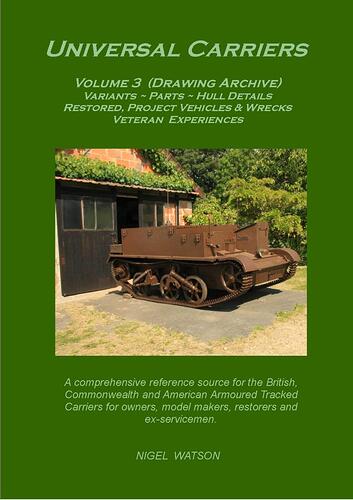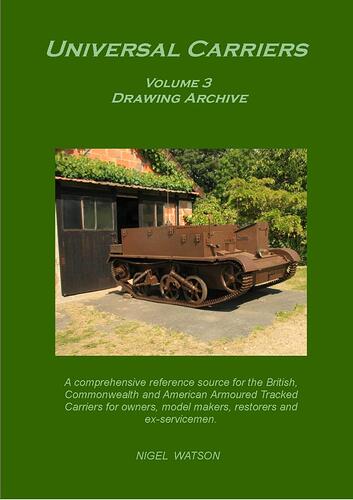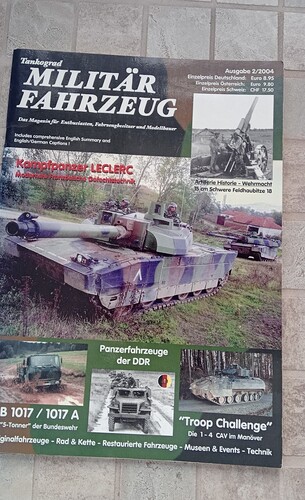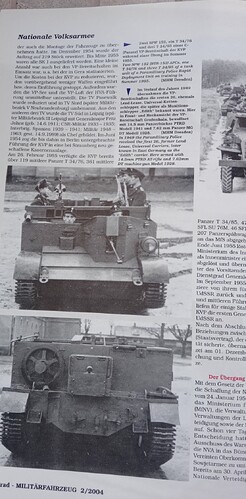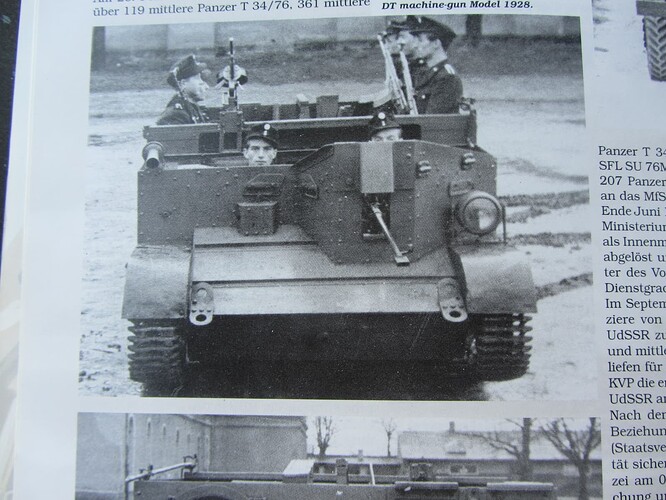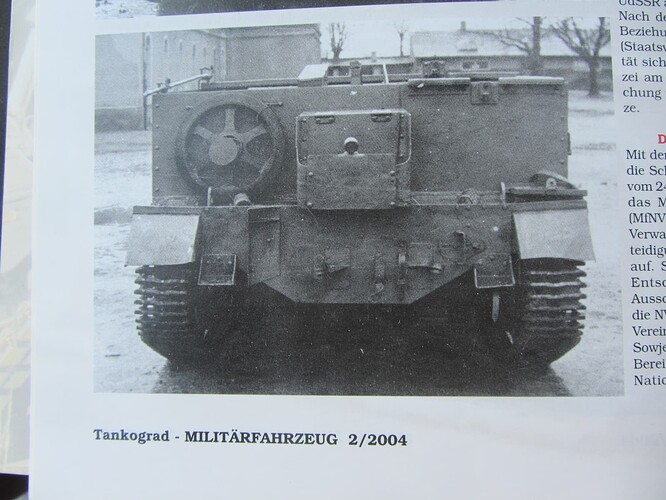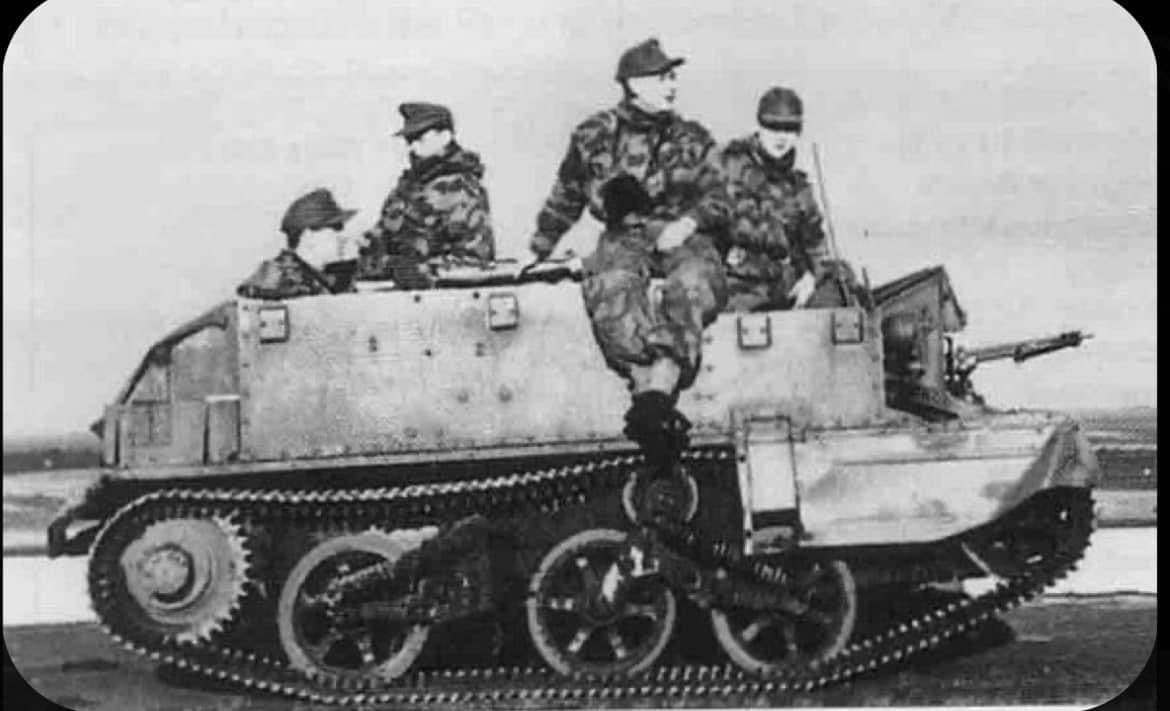This will definitly open a an of worms. I read that both Bundeswehr and NVA used Bren carriers in the beginning. Is there a good kit of a Mk.2 carrier to work with?
As far as I know, Riich kit is very good
I agree it’s probably the best, but is labor-intensive with a LOT of PE! ![]()
![]()
![]()
They almost certainly did not have Bren Carriers, despite Werner Oswald’s statement:
(from page 588 of Kraftfahrzeuge und Panzer der Reichswehr, Wehrmacht und Bundeswehr: Katalog der deutschen Militärfahrzeuge ab 1900, 17th edition; Stuttgart: Motorbuch Verlag, 2004; ISBN 3-613-02370-9)
There is a picture of what’s claimed to be a “Bren Gun Carrier” on page 615, but it’s clearly a Universal Carrier, not a Bren Carrier (as you would expect, because I highly doubt there would be many Bren Carriers left anywhere by this time). Oddly, the caption says it belonged to Panzeraufklärungsbataillon 3 in 1957, but the vehicle has British registration 43ZU14 clearly visible on its front and nothing that looks like German markings at all.
What´s the difference between a bren and a Universal carrier?
I believe the Bundeswehr received a small number of Carriers from the Brits when they first formed. Wikipedia state 100 but that’s Wikipedia.
The East Germans received at least 26 in 1949, used by the Para-military Police; they were armed with the 14.5mm PTRD Soviet anti-tank rifle. For some reason they were known as the “Edith” in East German use.
I don’t think we should get too wrapped around the axle (pun intended) regarding designation at this point - most of us use “Bren Carrier” when we refer to “Universal Carrier” - it’s just part of the unofficial lexicon when referring to a vehicle type. Don’t get me wrong - the pedant in me applauds accuracy(!) - but I’m sure Hermann was referring to “Carriers” in general.
Mind you, how often do we refer to “Porsche” Kingtigers?
Well the pedant in me is raised as one early version of the carrier was classed a Bren gun carrier with one side cut down (lot of other differences) while the Scout carrier was almost an opposite with the other side cut down but no way a mirror opposite.
Resicast do/did kits of these.
They also used to do the T16 and the Windsor, both of which I was toying with as I think they were used up until at least the 50s (might be wrong here!) I think both are OOP.
Thanks guys, I will get me a Riich Models “carrier” kit someday to build an “Edith”. I don´t think that there is an “ultimate” book on the carrier? Interesting informations on the “carrier” used by both German armies.
https://www.fomcc.de/universal_carrier.htm
Hermann, you might be able to track (pun not intended for once!) down this little volume which I recall, was fairly comprehensive.
I don’t think it will cover any post war German variants as it was published some time ago (1973), however, it might help in the scheme of things!
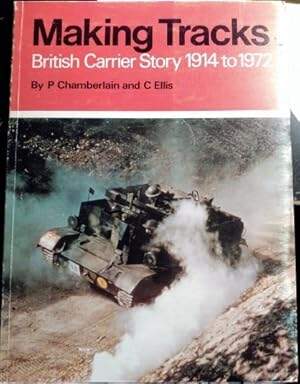
Thanks Brian and Luciano!
Just for completeness’ sake, my source re the NVA version (I’m sure Tankograd won’t mind - it might even increase sales!):
'Hope this all helps.
Cool, almost forgot my Tankograd collection.
Historically, the Universal Carrier was developed to replace the various previous Carriers (Bren, Scout, MMG, etc.) in service by a single vehicle that could perform all required roles. It came into service in 1941 and the other Carriers were pretty much gone by perhaps late 1942, early 1943 or so, off the top of my head. However, in common parlance, all of them are frequently known as “Bren Carriers” or (even more incorrectly) “Bren Gun Carriers”.
Visually, the basic differences between the main variants are all behind the front compartment. The Bren Carrier had an armour plate on the left that angled down at the rear and a sloping rear plate with a hinged upper half, but no armour plate on the right:
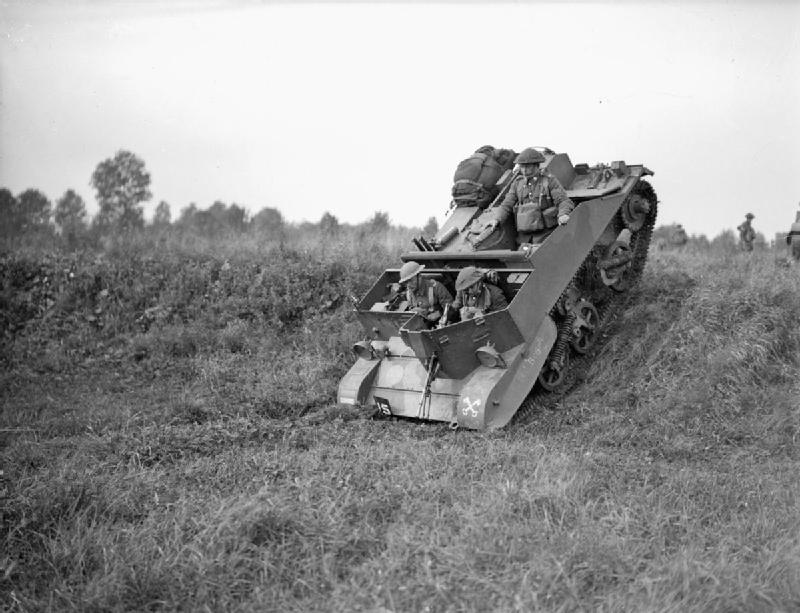
(source)
The Scout Carrier had a full-height armour plate on the right but nothing on the left. It’s the front-most one here:
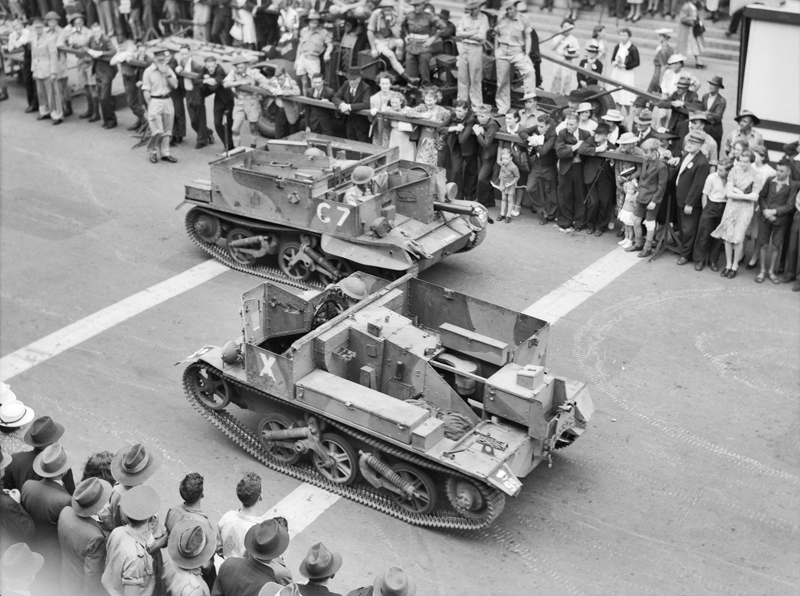
(source)
The Universal Carrier is like the Scout Carrier but with a full-height plate on both sides:

(source)
(Note that I think this is not actually a Universal but an OP Carrier, but the external differences between the two are small.)
Anyway, the Bundeswehr (and possibly NVA, I don’t know) would have been very unlikely to have received Bren Carriers in the 1950s because of the huge number of Universals built — it’s the most widely produced armoured vehicle ever, so the British would have had a lot of them to spare, but hardly any Bren Carriers anymore.
I prefer to call things by their proper names (or at least, short forms of those ![]() ) to avoid confusion. When using “Bren Carrier” when you really mean “Universal Carrier”, what would you say when you mean an actual Bren Carrier?
) to avoid confusion. When using “Bren Carrier” when you really mean “Universal Carrier”, what would you say when you mean an actual Bren Carrier?
Speaking for myself: hardly ever to never ![]() They’re not a big interest of mine, but when the subject does come up I would almost certainly not use that name for the ones with the rounded turret front.
They’re not a big interest of mine, but when the subject does come up I would almost certainly not use that name for the ones with the rounded turret front.
Tankograd pics enlarged. Could anyone identify the version?
Take note of the Kasernierte Volkspolizei uniforms and the Sturmgewehr 44.
Images are for discussion only.
I’m no Carrier Ninja but T16…?
I’m also not really up to speed on these vehicles, but I think it’s a standard Universal. Not a T16, the vertical rear plate of those was set all the way at the back and you could see the differential below it — whereas on the one in the Takograd photos, the rear wall is a bit forward and there’s an armour plate over the differential.
Happy to defer Jakko, I know beans in detail about carriers. I suspect the East German ones were a much more mixed bag than the Bundeswehr ones, but what the hell do I know?(!)
Mind you, it would make a nice break if built for the display tables that’s for sure.
In a moment of sheer idle Googling I came across this one:
Sheer modelling inspiration I feel.

